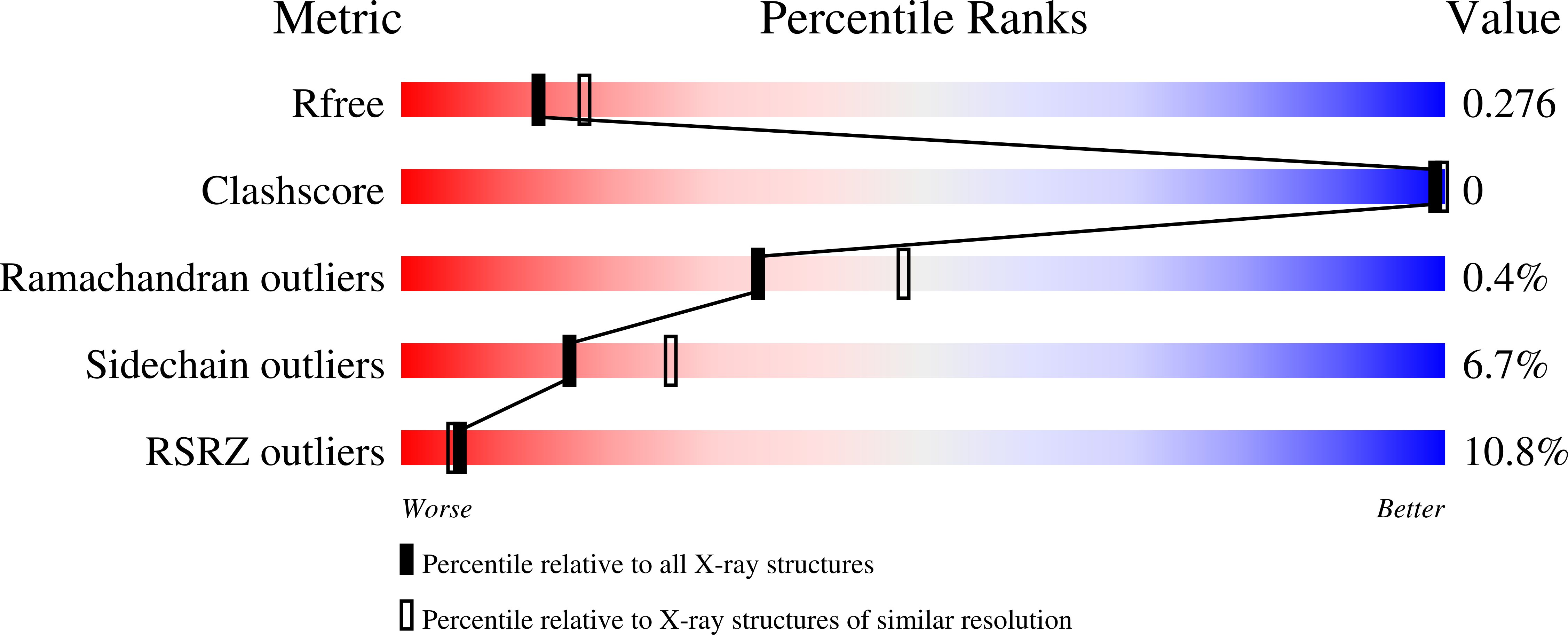
Deposition Date
2020-04-10
Release Date
2020-11-04
Last Version Date
2024-01-24
Entry Detail
PDB ID:
6YN0
Keywords:
Title:
Structure of E. coli PBP1b with a FtsN peptide activating transglycosylase activity
Biological Source:
Source Organism:
Escherichia coli (strain K12) (Taxon ID: 83333)
Host Organism:
Method Details:
Experimental Method:
Resolution:
2.40 Å
R-Value Free:
0.25
R-Value Work:
0.22
R-Value Observed:
0.22
Space Group:
P 21 21 2


